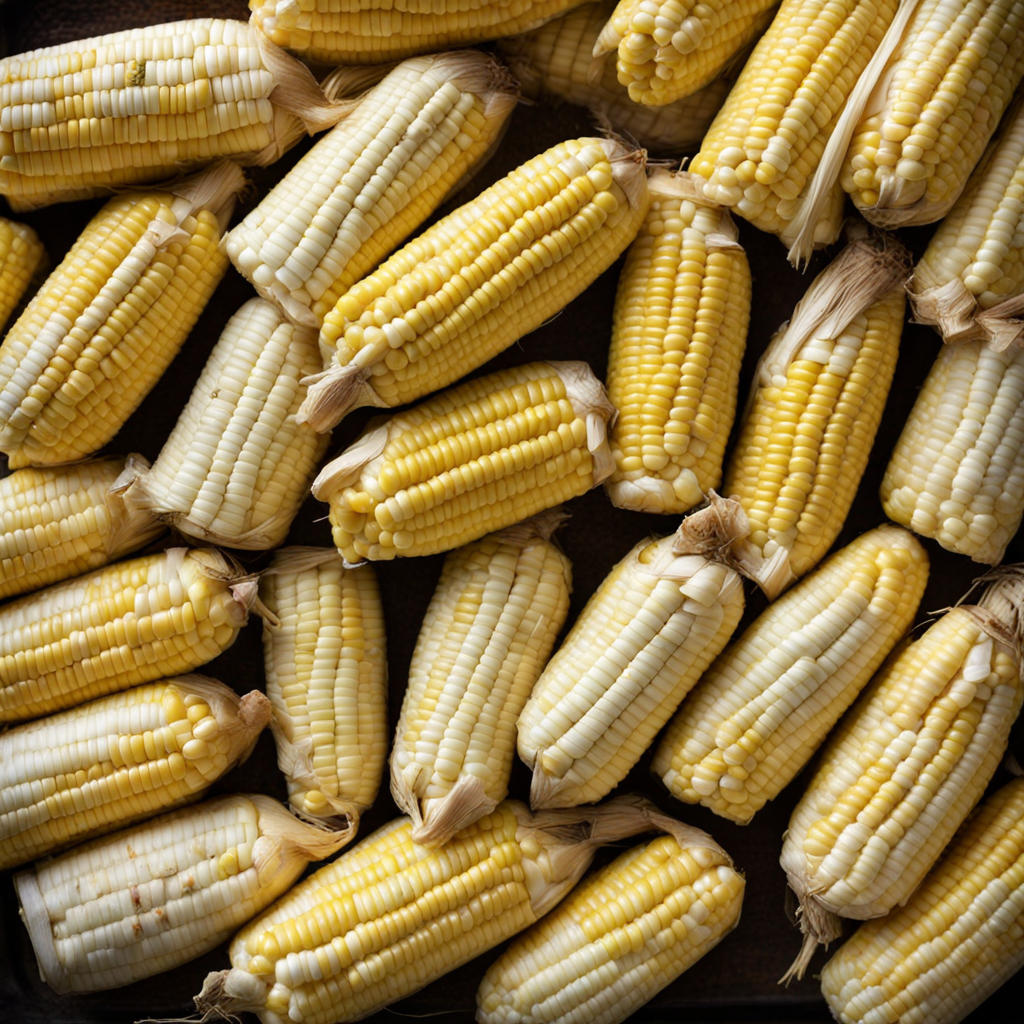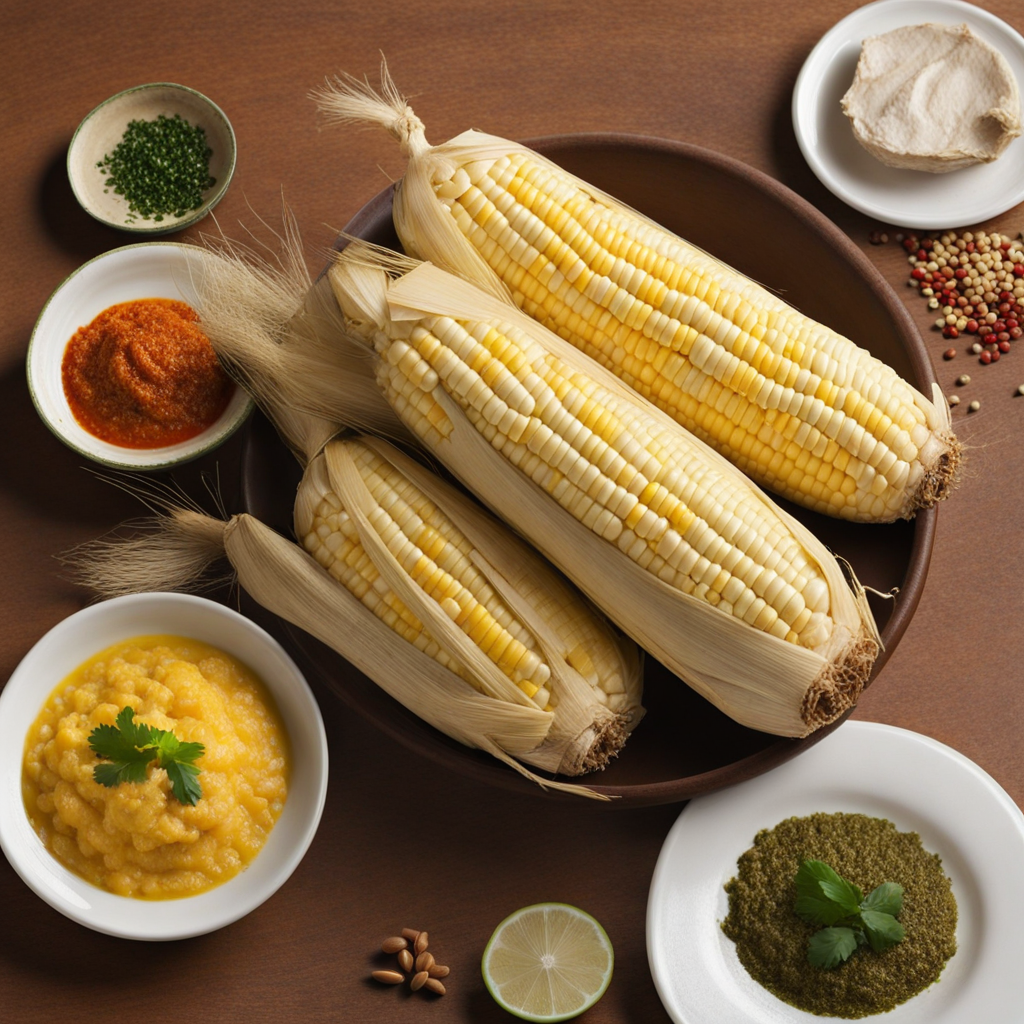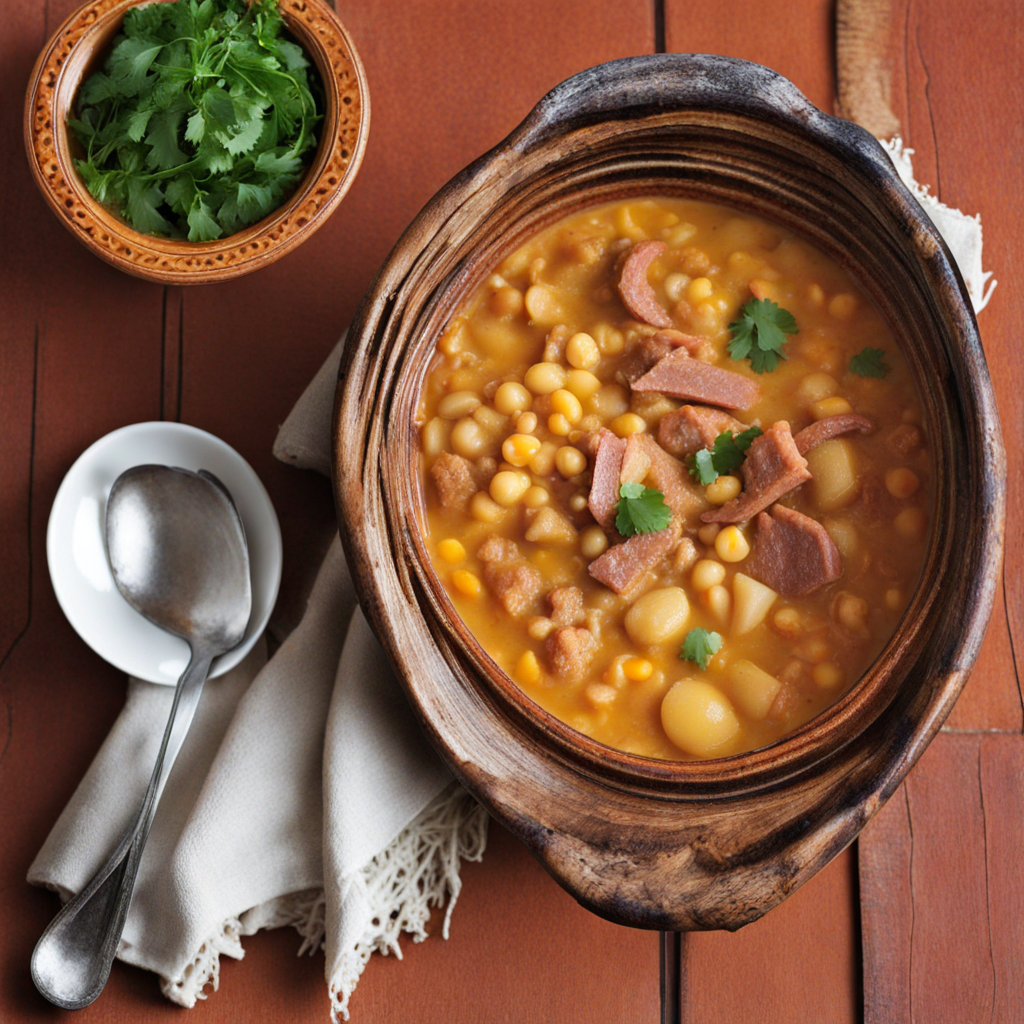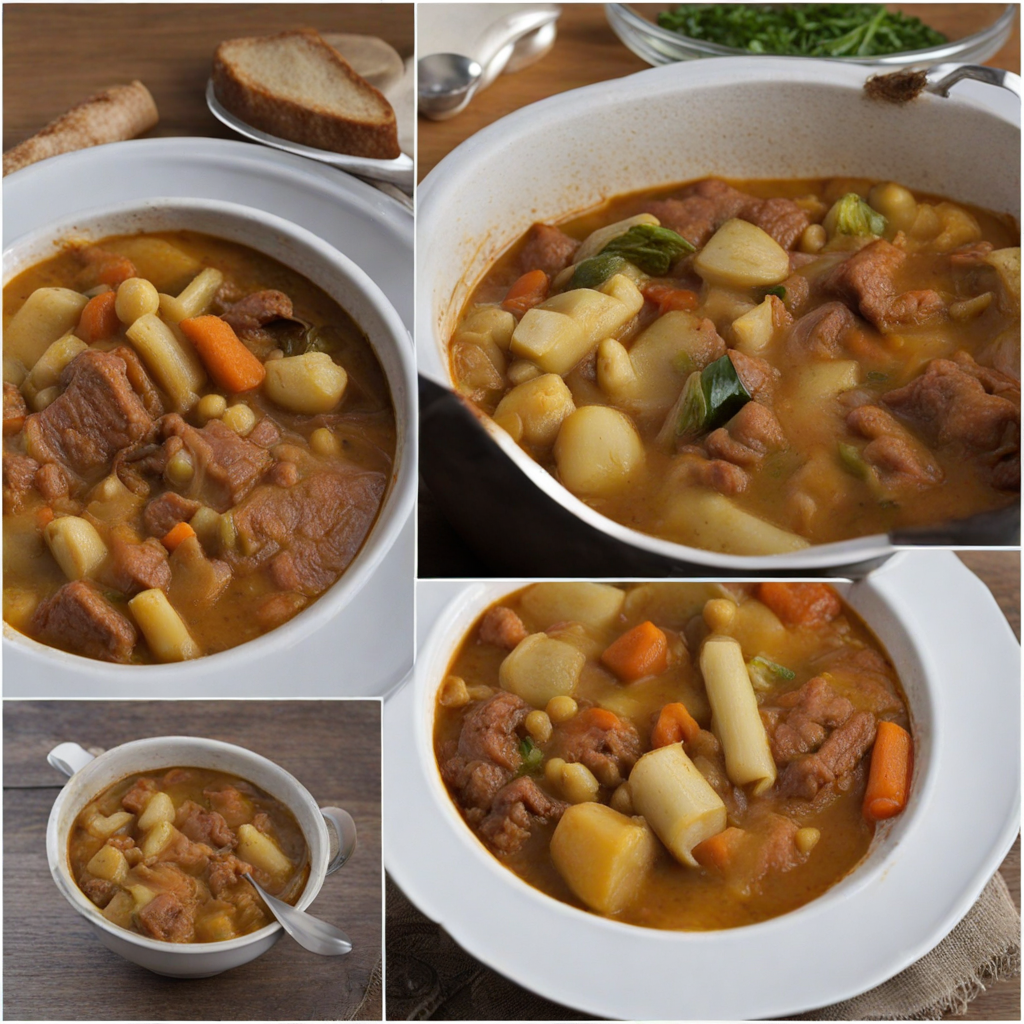Humita
Humita is a traditional Argentine dish that showcases the rich agricultural heritage of the region, particularly the abundance of corn. This delightful treat is made primarily from fresh corn kernels, which are ground into a smooth paste and combined with a variety of ingredients such as cheese, onions, and spices. The mixture is then wrapped in corn husks and steamed, allowing the flavors to meld beautifully while maintaining a moist and tender texture. Each bite is a delightful experience, bursting with the sweet, earthy notes of corn complemented by the creamy richness of cheese. The preparation of humita is often a communal activity, bringing families and friends together to create this beloved dish. The process begins with selecting the freshest corn, which is typically harvested during the warmer months. The corn is shucked, and the kernels are carefully removed before being ground. The addition of sautéed onions enhances the flavor profile, while cheese adds a delectable creaminess that makes each humita irresistibly satisfying. Once assembled, the packages are tied with twine and steamed to perfection, resulting in a dish that is both comforting and hearty. Humita can be enjoyed as a main course or as a side dish, and it pairs wonderfully with a variety of Argentine wines or a refreshing salad. The versatility of humita allows it to be adapted with different fillings, such as herbs or spices, catering to various palates. For those seeking to explore Argentine cuisine, humita is a must-try dish that encapsulates the flavors of the land and offers a unique taste experience that is both nostalgic and new.
How It Became This Dish
Origins of Humita Humita is a traditional dish that hails from the indigenous cultures of the Andean region, particularly in countries like Argentina, Bolivia, and Peru. Its origins can be traced back to the pre-Columbian era when indigenous peoples utilized maize, or corn, as a staple ingredient. The word "humita" itself is derived from the Quechua word "humint'a," which means "to steam." This dish is a testament to the agricultural practices of the indigenous communities that revered maize, which was not only a food source but also held spiritual significance. The preparation of humita involves grinding fresh corn and mixing it with various ingredients, often including cheese, onions, and spices, before wrapping it in corn husks and steaming it. This method of cooking allows for the preservation of flavors while infusing the dish with a distinct sweetness from the corn. The use of corn husks as a natural wrapping material reflects the sustainable practices of indigenous cultures, showcasing their deep connection to the land and its resources. Cultural Significance Humita is more than just a culinary delight; it represents a rich cultural heritage that has been passed down through generations. In Argentina, humita is particularly popular in the northwestern provinces, such as Tucumán and Salta, where local customs and festivals celebrate this dish. Often served during family gatherings, holidays, and regional festivities, humita plays a crucial role in communal dining, reinforcing bonds between family members and friends. The dish is also emblematic of the fusion of indigenous and colonial influences in Argentine cuisine. As Spaniards colonized the region, they introduced new ingredients and cooking techniques that blended with local traditions. The incorporation of cheese and spices into humita is a reflection of this culinary exchange, demonstrating how food can evolve and adapt while still honoring its roots. Development Over Time Throughout the years, humita has undergone various adaptations, resulting in numerous regional variations across Argentina and neighboring countries. In Argentina, for instance, the choice of cheese used in humita can vary significantly, with some regions favoring soft cheeses like queso fresco, while others may opt for aged varieties. Additionally, the use of spices and herbs can differ, showcasing the local palates and agricultural diversity of the regions where humita is prepared. In recent years, humita has gained popularity beyond local communities, finding its way onto restaurant menus in urban areas, where chefs experiment with modern interpretations. Some contemporary versions incorporate gourmet ingredients, such as truffle oil or artisanal cheeses, while still maintaining the essence of the traditional dish. This evolution speaks to the growing appreciation for regional Argentine cuisine and the desire to honor culinary heritage while embracing innovation. Humita in Argentine Society The dish also serves as a symbol of national identity and pride. Events such as the "Fiesta Nacional de la Humita" celebrate this traditional food, drawing visitors from all over the country and beyond. These festivals showcase not only the dish but also the cultural practices associated with it, including music, dance, and artisan crafts. Such events emphasize the importance of food as a cultural cornerstone, allowing communities to come together and celebrate their shared heritage. Moreover, humita is often associated with the rural lifestyle of Argentina, embodying the simplicity and richness of country living. In many families, the preparation of humita is a cherished ritual that involves collaboration, with family members gathering to husk corn, prepare the filling, and wrap the humitas together. This shared experience fosters a sense of belonging and continuity, highlighting how food can be a vehicle for cultural expression. Modern-Day Relevance As the world becomes increasingly globalized, traditional foods like humita continue to hold relevance. Many chefs and food enthusiasts advocate for the preservation of local culinary traditions, recognizing that these dishes tell the stories of the people and places they originate from. Humita, with its rich history and cultural significance, has become a symbol of Argentina's gastronomic landscape, often featured in cookbooks and culinary festivals that celebrate traditional cuisine. Furthermore, the rising interest in sustainable and locally sourced foods aligns seamlessly with the principles behind humita. The dish emphasizes the use of fresh, seasonal ingredients, and its preparation methods reflect an eco-conscious approach to cooking. As consumers become more aware of the importance of food sourcing and sustainability, humita stands out as a dish that embodies these values, making it more relevant than ever. Conclusion In summary, humita is a dish steeped in history, culture, and significance. From its indigenous roots to its modern-day interpretations, it serves as a reminder of the resilience and adaptability of culinary traditions. As Argentina continues to develop its national identity, humita remains a cherished symbol of the country's rich agricultural heritage and the strong connections between food, family, and community. Whether enjoyed at a festive gathering or a casual meal, humita encapsulates the essence of Argentine culture, making it a beloved dish both domestically and internationally.
You may like
Discover local flavors from Argentina







